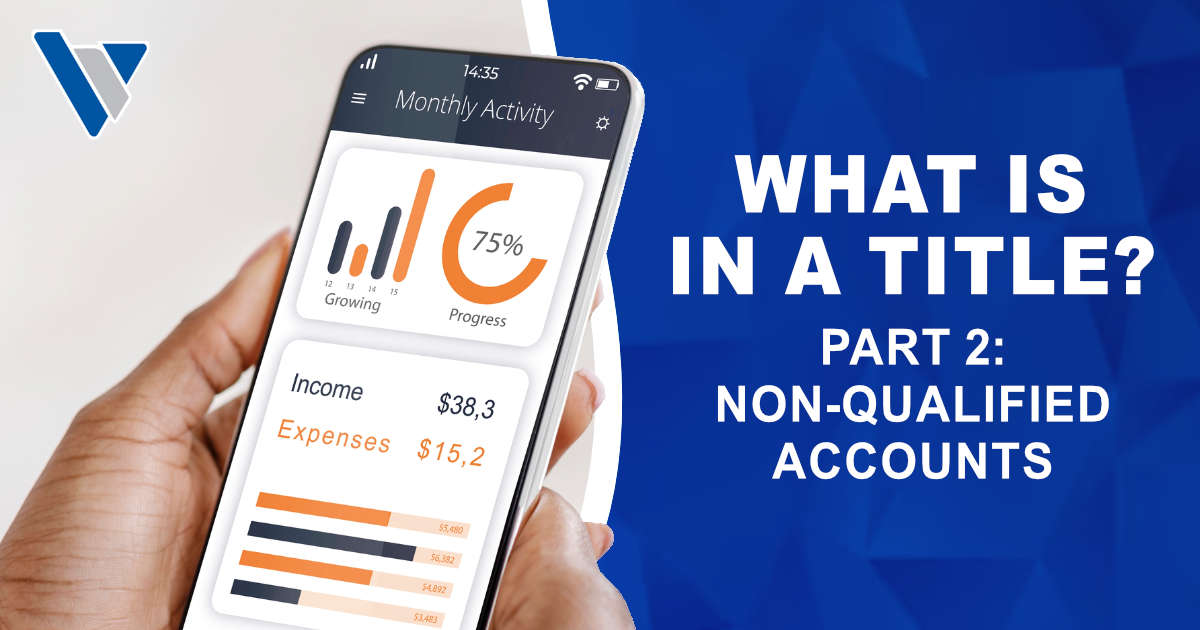In my last article, I discussed the importance of proper titles in regards to qualified accounts,...


The Setting Every Community Up for Retirement Enhancement (SECURE) Act is Washington policy makers direct response to the lack of retirement preparedness among Americans. Yikes! You know it’s bad when the government gets involved. According to one study, by 2050, the U.S. will face a $137 trillion retirement income gap (the difference between what savers should have and what they’ve actually saved). If projections hold, retirees in six major economies (including the U.S.) would outlive their savings by an average of eight to 20 years.1
The original SECURE Act was implemented in 2019 and the SECURE Act 2.0, passed December 23, 2022 builds on changing rules around retirement accounts in an effort to empower individuals to reach savings goals, provide more flexibility upon retirement, and ultimately strengthen the retirement system. Here are some key take aways from the new SECURE Act 2.0.
Matching for Roth Accounts. Employers will be able to provide employees the option of receiving vested matching contributions to Roth accounts (although it may take time for plan providers to offer this and for payroll systems to be updated). Previously, matching in employer-sponsored plans were made on a pre-tax basis. Contributions to a Roth retirement plan are made after-tax, after which earnings can grow tax-free.
Student Loan Debt. Starting in 2024, employers will be able to “match” employee student loan payments with matching payments to a retirement account, giving workers an extra incentive to save while paying off educational loans.
529 Plans. After 15 years, 529 plan assets can be rolled over to a Roth IRA for the beneficiary, subject to annual Roth contribution limits and an aggregate lifetime limit of $35,000. The rollover is treated as a contribution towards the annual Roth IRA contribution limit.
Automatic enrollment and automatic plan portability. The legislation requires businesses adopting new 401(k) and 403(b) plans to automatically enroll eligible employees, starting at a contribution rate of at least 3%, starting in 2025. Furthermore, it would increase by 1% each year until it reaches at least 10%, but not more than 15%.
Emergency savings. Two provisions aim to make it easier for Americans to save for emergencies. The first allows businesses to offer a pension-linked emergency savings account and automatically enroll their employees in that account, contributing no more than 3% of their salary (after tax) up to $2,500. Additionally, effective in 2024, employees would be able to withdraw up to $1,000 from their normal retirement account for certain emergencies without having to pay the typical 10% penalty.
Again, this is a high-level summary of some areas that may impact you. There are more provisions, and they can be complex. We are here to help you understand how the SECURE Act 2.0 may impact your retirement situation and identify specific opportunities and/or changes to help you pursue your retirement goals. We can also review your current strategy, discuss which changes may be most beneficial, and identify potential tax ramifications of any changes accordingly.
______________________________________________________________________________
1 “Solving the global pension problem,” World Economic Forum.